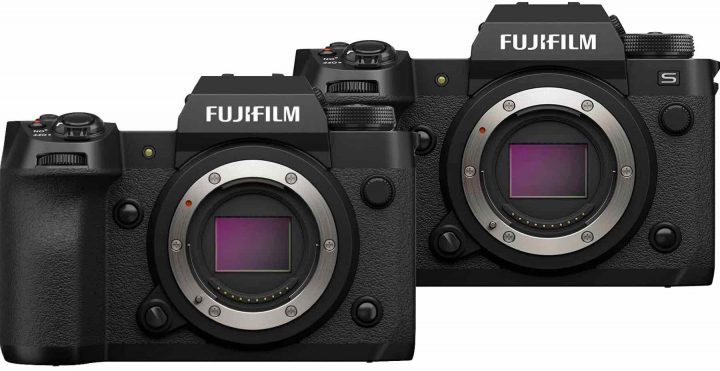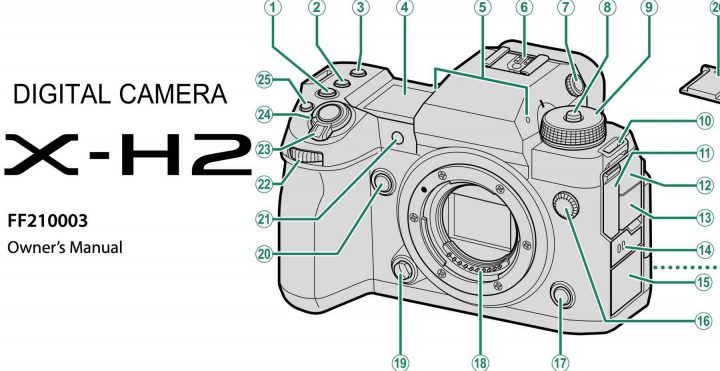
When I shared the first rumors about Fujifilm launching two X-H cameras (over 1 year ago!!!), many concluded that one will be the video centric and the other the stills centric camera.
But I insisted that this is not the difference to make.
- Fujifilm X-H2
- Fujifilm X-H2S
We must think in terms of “speed” and “resolution”, as both X-H cameras are excellent hybrid cameras, and the depending on your needs you might want more speed or resolution in your videos or stills.
Incredibly though, even after the release of both cameras, many still insist that the X-H2S is the video camera and the X-H2 the stills oriented body.
So you know what I’ll do?
I’ll give the word to a videographer we all know, appreciate and trust: Johnnie Behiri from CineD (one of the very few youtubers I trust for being honest in their reviews, but also honest with how they present themselves to their audience… you know what I mean).
Anyway, after filming short documentaries with both, the Fujifilm X-H2s and the Fujifilm X-H2 (hence after really using both cameras on the field rather than just in a basement), he decided that the best video tool for his needs is the Fujifilm X-H2.
Why? Well, he explains it this way:
“Personally, the X-H2 is the best camera for video FUJIFILM has ever made! I’m sure it will also cater well to those who need to produce video next to photo content as the 40.2MP sensor is sufficient for such a “dual task”. With so many resolution options (Full HD – 8K), next to a robust internal recording 4:2:2 10- bit codec (ProRes), good IBIS, and good autofocus performance, I predict that this camera will be a hit, especially considering its attractive price ($1999). Add good audio and lowlight capabilities and there you have it – a very versatile working tool! So the bottom line is, after filming with both, the X-H2S and X-H2, the latter is my preferred option. Not because I don’t appreciate Open Gate, High Frame-Rate recording, or fast sensor capability, but I can simply live with those shortcomings and in exchange earn greater recording flexibility and good IBIS performance (which is essential for my documentary work).“
He ends up calling the Fujifilm X-H2 the “Swiss Army Knife” in Fujifilm’s lineup.
It is interesting to note that he mentions the vastly improved IBIS on the X-H2 over the X-H2s, which can make huge hopes to Fujifilm X-H2s shooters to get an improvement via firmware update.
And despite the high-density pixel sensor, the noise performance on the Fujifilm X-H2 is really good. He writes:
“One of the things that caught my attention is how well the camera records in lowlight situations despite having a 40.2MP sensor.”
To me it looks like Fujifilm actually did quite a miracle here. At least for stills, everybody was sure the Fujifilm X-H2 would perform worst than the X-T4 or the X-H2S, but that does not seem to be the case at all. No idea how the heck the Fuji engineers were able to achieve that and I hope that down the road some Fujifilm manager will give us a more technical explanation for that.
Make sure to read the full CineD X-H2 first look here.



